Establishing Berlin as a Fashion Metropolis with Unique Narratives
The Berlin fashion scene has set ambitious goals for itself. Unlike competing with fashion capitals like Paris, it aspires to carve its own identity as a fashion metropolis. The Fashion Council Germany (FCG), which oversees Berlin Fashion Week (BFW), emphasizes this goal repeatedly. The FCG, in collaboration with Berlin’s Senate Department for Economic Affairs, Energy, and Industry, is dedicated to promoting young talent to not only revive Berlin’s former glory in German fashion but also to place it firmly on the international fashion map. This effort aims to retain local talent, preventing them from seeking opportunities abroad, as witnessed when former Berlin talents, like GmbH and Ottolinger, were drawn to Paris Fashion Week.
The Unique Narrative of Berlin Fashion
Berlin boasts a distinct narrative, as highlighted by FCG chairwoman Christiane Arp during a fashion week opening event. The first day of fashion week already showcased Berlin’s thriving style plurality and contrast. This uniqueness is evident not only in the artistic performances but also in the city’s architecture, which occasionally manages to outshine the fashion itself. The week provided a blend of fashion and sightseeing, offering a fashionable class trip that set the tone for a diverse and occasionally contradictory BFW.
Nurturing Young Talent: Berlin Contemporary Concept Competition
At the heart of the Fashion Week were the winners of the “Berlin Contemporary” concept competition, initiated by the Senate and FCG in January. A total of 18 winners, including four Ukrainian brands that have been influencing the face of the fashion week since the previous season, each received 25,000 euros to showcase their collections during BFW.
Diverse Offerings: From Delicate to Conceptual
The opening show was presented by Ukrainian label Bobkova, featuring the designer Kristina Bobkova. The collection displayed soft pastel shades with floral prints and flowing dresses alongside silhouettes with a touch of masculinity. However, this show did not dictate the week’s overall visual theme. Instead, the journey took us from pretty everyday clothes at a historical monument to a provocative and conceptual upcycling collection in the backyard of a prefabricated building. Some collections leaned heavily on concepts, occasionally overshadowing technique and tailoring.
Balancing Commercial Appeal and Conceptual Statements
BFW featured shows with commercial appeal alongside performances that captivated audiences with their concepts and staging. While the Ukrainian label Podyh showcased commercially appealing collections, designers like Acceptance Letter Studio and Irina Dzhus from Ukraine stood out with their original ideas and staging. Lilia Litkovska’s collection, characterized by clean lines and impeccable craftsmanship, was a favorite among visitors despite its unspectacular staging at Kraftwerk. The Richert Beil brand presented a collection questioning gender roles, cleverly using latex and leather without evoking the typical associations. In contrast, Nan Li and Emilia Pfohl’s Namilia brand caused a stir with their religiously wicked collection, eliciting excitement and outrage.
Challenging Stereotypes: Berlin’s Fashion Potential
Collections like Litkowska’s demonstrated that Berlin can transcend the outdated techno temple stereotypes. The Richert Beil collection successfully blended diverse elements into a desirable combination, making a strong statement about gender roles. Namilia’s show garnered immense hype, attracting a colorful audience of trade press, local celebrities, and devoted fans. Berlin’s fashion future looks promising, with designers showcasing diversity as more than just a trend but as an integral part of their creations.
Berlin’s Young Talents Pave the Way
BFW also served as a celebration of young Berlin talent. It demonstrated that Berlin has the potential to become a fashion city for those seeking designs that embrace the zeitgeist and celebrate diversity as a natural aspect of fashion. Whether Berlin will eventually join the fashion calendar as a significant fashion metropolis alongside New York, London, Milan, and Paris remains to be seen. Nonetheless, the young talents of the capital undoubtedly deserve recognition for their remarkable contributions. With a commitment to nurturing and promoting creativity, Berlin’s fashion industry may one day stand tall among the world’s leading fashion capitals.

